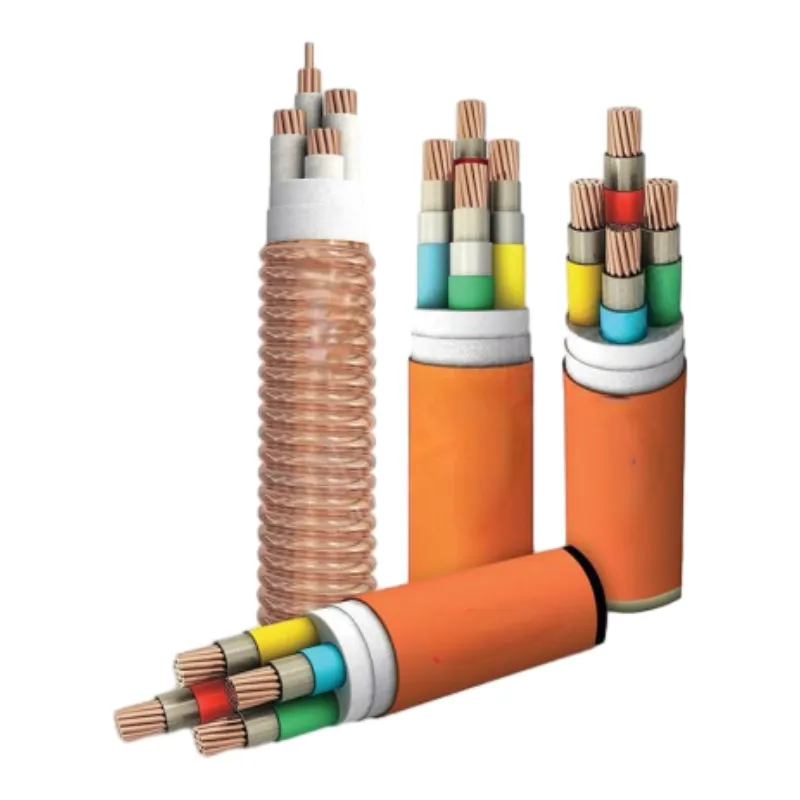12월 . 03, 2024 18:16 Back to list
actuated valve
Understanding Actuated Valves Mechanisms and Applications
Actuated valves are integral components in modern industrial automation and fluid control systems. By combining mechanical valves with actuators, these devices enhance efficiency, precision, and safety in various applications, from water treatment plants to oil and gas pipelines. In this article, we will delve into the mechanisms of actuated valves, their types, benefits, and applications across different industries.
Mechanisms of Actuated Valves
An actuated valve consists of two primary components the valve body and the actuator. The valve body regulates the flow of fluid through a pipeline, while the actuator provides the necessary force to control the valve's opening and closing actions. Actuators can be mechanical, pneumatic, or electric, and they convert a control signal into mechanical movement, thus engaging the valve.
1. Mechanical Actuators These are typically powered by manual forces, requiring human intervention to operate the valve. While reliable, they are becoming less common in automated settings.
2. Pneumatic Actuators Utilizing compressed air, pneumatic actuators are widely used in various industries due to their rapid operation and ability to exert significant force. They are ideal for applications requiring quick response times and excellent control.
3. Electric Actuators Drawing power from an electrical source, electric actuators provide precise control over valve positions. They are suitable for applications where detailed monitoring and control are required, making them increasingly popular in automated environments.
Types of Actuated Valves
There are several types of valves that can be actuated, including
- Ball Valves Known for their simple structure and effective sealing capabilities, ball valves feature a spherical disc that can rotate to block or allow flow. Their quick operation and minimal pressure drop make them ideal for on/off control.
- Butterfly Valves These valves use a rotating disc to regulate flow. With a thin profile, butterfly valves are space-efficient and are often used in larger pipelines.
- Globe Valves Designed for throttling applications, globe valves have a spherical body and a linear motion to control flow. They provide great flow regulation but are typically used where precise control is necessary.
- Check Valves Preventing backflow, check valves automatically close when fluid attempts to reverse direction, ensuring a one-way flow.
Benefits of Actuated Valves
actuated valve

The incorporation of actuators in valve systems offers multiple advantages
1. Enhanced Efficiency Actuated valves can be programmed for rapid opening and closing, reducing the time necessary for system adjustments and helping to maintain optimal operating conditions.
2. Increased Safety By allowing remote operation, actuated valves diminish the need for human presence in potentially hazardous environments, thereby promoting worker safety.
3. Improved Precision Automated control eliminates human error, leading to precise flow regulation and consistency in processes.
4. Integration with Control Systems Actuated valves can be integrated into computerized control systems, enabling automated monitoring and troubleshooting, which enhances overall system reliability.
Applications in Industry
Actuated valves find applications in numerous industries
- Water Treatment They are used to control flow rates and manage water distribution systems efficiently, even in large municipal frameworks.
- Oil and Gas In this industry, actuated valves play a crucial role in safely handling hazardous fluids, helping control processes from drilling to refining.
- Chemical Processing Actuated valves manage the flow of chemicals, ensuring precise mixing and blending by maintaining optimal conditions throughout the production process.
- HVAC Systems In heating, ventilation, and air conditioning, they regulate airflow, improving energy efficiency and temperature control within buildings.
Conclusion
Actuated valves represent a vital innovation in the field of fluid control, merging mechanical and electrical systems to achieve remarkable efficiency and reliability. With a broad range of applications across various industries, their significance cannot be overstated. As industries continue to embrace automation and smart technologies, the role of actuated valves will likely become increasingly prominent, driving further advancements and improvements in operational safety and efficiency. Understanding their mechanisms, types, and applications is essential for engineers and technicians looking to optimize processes in their respective fields.
Share
-
Reliable Wafer Type Butterfly Valves for Every IndustryNewsJul.25,2025
-
Reliable Flow Control Begins with the Right Ball Check ValveNewsJul.25,2025
-
Precision Flow Control Starts with Quality ValvesNewsJul.25,2025
-
Industrial Flow Control ReliabilityNewsJul.25,2025
-
Engineered for Efficiency Gate Valves That Power Industrial PerformanceNewsJul.25,2025
-
Empowering Infrastructure Through Quality ManufacturingNewsJul.25,2025